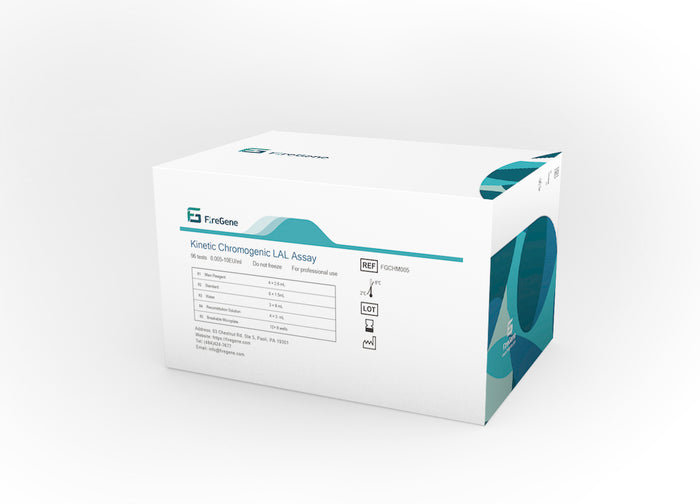Kinetic Chromogenic Endotoxin Assay: A Rapid and Sensitive Method for Endotoxin Detection

# Kinetic Chromogenic Endotoxin Assay: A Rapid and Sensitive Method for Endotoxin Detection
Introduction
Endotoxins, also known as lipopolysaccharides (LPS), are components of the outer membrane of Gram-negative bacteria. These molecules can trigger strong immune responses in humans and animals, potentially leading to fever, septic shock, and other serious health complications. In pharmaceutical and medical device manufacturing, detecting and quantifying endotoxins is crucial for ensuring product safety. Among various detection methods, the Kinetic Chromogenic Endotoxin Assay has emerged as a rapid, sensitive, and reliable technique.
What is Kinetic Chromogenic Endotoxin Test?
The Kinetic Chromogenic Endotoxin Test is an advanced variation of the Limulus Amebocyte Lysate (LAL) test. This method measures endotoxin concentration by detecting the chromogenic reaction that occurs when endotoxins activate enzymes in the LAL reagent. Unlike traditional gel-clot methods, the kinetic chromogenic assay provides quantitative results through continuous monitoring of color development over time.
How the Assay Works
The test procedure involves several key steps:
- Mixing the sample with LAL reagent containing a chromogenic substrate
- Incubating the mixture at a controlled temperature (typically 37°C)
- Monitoring the enzymatic reaction that cleaves the substrate, releasing a yellow-colored compound (p-nitroaniline)
- Measuring the rate of color development spectrophotometrically
- Calculating endotoxin concentration based on the reaction kinetics
Advantages of Kinetic Chromogenic Method
This assay offers several significant benefits over other endotoxin detection methods:
- High sensitivity: Can detect endotoxin levels as low as 0.001 EU/mL
- Quantitative results: Provides precise endotoxin concentration measurements
- Rapid detection: Typically produces results within 15-60 minutes
- Automation-friendly: Easily adaptable to automated testing systems
- Wide dynamic range: Can measure both low and high endotoxin concentrations
Applications in Pharmaceutical Industry
The Kinetic Chromogenic Endotoxin Assay has become particularly valuable in pharmaceutical quality control for:
- Testing parenteral drugs and medical devices
- Monitoring water systems for injection (WFI) and purified water
- Validating cleaning procedures in manufacturing facilities
- Assessing raw materials and excipients
- Conducting stability studies of pharmaceutical products
Comparison with Other Methods
| Method | Sensitivity | Quantitative | Time Required |
|---|---|---|---|
| Gel-Clot | 0.03 EU/mL | No | 60+ minutes |
| Turbidimetric | 0.001 EU/mL | Yes | 15-60 minutes |
| Chromogenic</td
|

